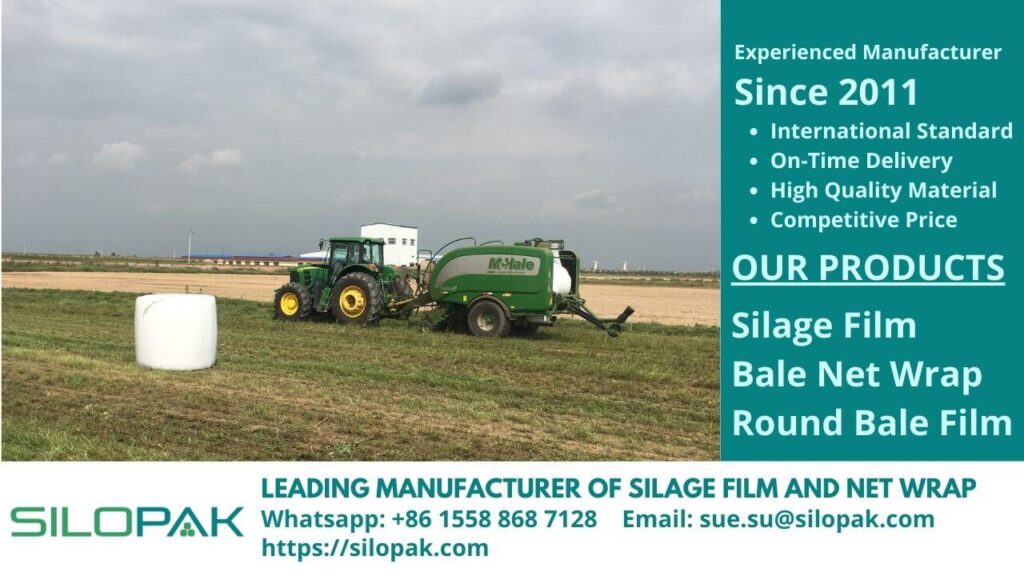
Feed quality is a determinant of the biological development of livestock. If the quality of the feed is excellent, the productivity of livestock will also be good. However, cases are still often found related to the lack of optimal feed given, such as inappropriate serving techniques, fragmented feed composition, short shelf life, or nutritional levels that are still not met.
From the cases found above, a solution was found to serve mixed feed form. This method turned out to be quite successful because the forage and the concentrate are no longer separated. Well, to find out more about mixed feed, see the reviews below.
What Are Mixed Feeds?
Mixed feeds are commonly referred to as complete feeds. It consists of forage and concentrates in a certain ratio or a mixture of several nutrient-rich complete feeds, or it can be fermented complete feeds.
This mixed feeding aims to increase nutrition in livestock. This method is very appropriate for farmers with large-scale businesses. If the quality of feed is very good, livestock also grows and produces well, then the profits for farmers will be even greater.
Benefits Of Mixed Feed For Livestock
The benefit is to improve the quality of the production of livestock. For that, there will be a lot of benefits that can be obtained from this complete feed. Among others are:
- If the feed is already in a mixed condition, the livestock will not be picky about the feed they will consume. Because everything is mixed well and the cattle will eat it right away.
- Reduce environmental pollution. One of the main ingredients of this complete feed is agricultural waste. This will certainly help reduce the discharge of agricultural waste into the environment.
- The price is low. Because it comes from agricultural waste, the price is lower and easy to find. However, mixed feed is still of high quality, especially if it is fermented first.
- Feed ingredients with low nutrient levels are still consumed. This will be complemented by other constituents so that nutritional needs will remain fulfilled and complement each other.
- Mixed feed formulations are easy to change according to need.
- The method of presentation is not complicated because all types of feed have been mixed. Mixed feeding can even be given at once at the beginning or several times according to the needs of livestock.
- There is an increase in the digestibility of the feed, especially in feeds that are fermented with probiotics. Then the digestion process will be much faster.
Another advantage is that it can be stored for a long time, of course with a dry type of feed. For storage, you can use silage film from Silopak. This silage film claims to be able to maintain the nutritional value of mixed feeds. The material of this silage film will not interfere with the taste of the feed because it is made of high-quality resin. As a result, your mixed feed can be stored for up to 18 months.
How To Serve A Good Mixed Feed
In providing complete feed, several things must be considered, including:
- Gradual feeding. This mixed feed may seem new to the cattle, and they need about one week to adapt. For that, give feed gradually.
- Feed nutrition must be as needed—for example, a mixed feed consisting of corn plants with dairy cow concentrate. Then the maximum water content must reach 30%, TDN 60%, PK (10-16%), and a maximum of 20 kg in a day.
- If you want to ferment feed, then use probiotic bacteria. Apart from being a faster process, the fermentation results are also quite good for the livestock.
- Do not give mixed feed that has been fermented to cattle that are pregnant.
Well, that’s a review related to how to serve mixed feed for livestock. So you don’t have to worry about nutritional deficiencies, concentrate fragments, or even short shelf life. Now, all of these problems can be solved by serving mixed feeds. It may be useful.
